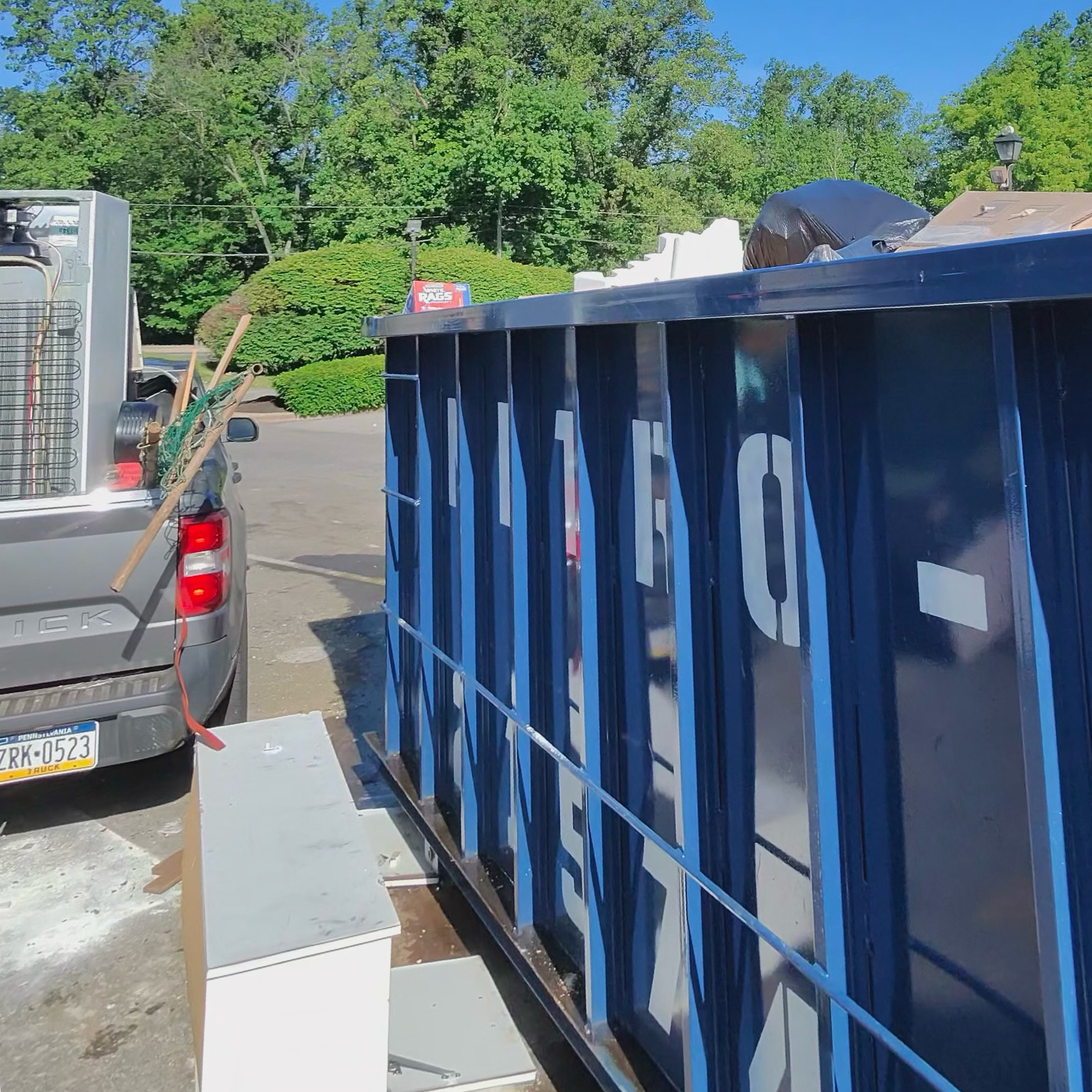This guide will serve as your central resource for understanding how to approach, dismantle, and maximize the value from common household appliances.
Why Appliances Are a Scrap Master's Favorite Target:
-
Common & Accessible: People are constantly upgrading, moving, or replacing old appliances, making them readily available from residential cleanouts to curbside alerts in places like Philadelphia.
-
Diverse Metal Content: They offer a valuable mix of ferrous (steel, cast iron) and high-value non-ferrous metals (copper, aluminum, stainless steel).
-
Significant Weight: Even after dismantling, the steel shells contribute substantial weight, adding to your overall ferrous tonnage.
-
Problem Solvers: You provide a valuable service by taking away large, bulky items that are difficult for homeowners to dispose of.
What's Inside? Common Appliance Metals
While each appliance is unique, you'll consistently find:
-
Steel (Ferrous): The primary material for the outer casings, frames, and many internal structures. (Always magnetic).
-
Copper (Non-Ferrous): Found in motors (large and small), internal wiring, and heating elements. (Non-magnetic).
-
Aluminum (Non-Ferrous): Present in some internal components, fan blades, or condenser fins (especially in refrigerators and AC units). (Non-magnetic).
-
Stainless Steel (Non-Ferrous, usually): Often used for inner tubs (washing machines, dishwashers), doors, or interior panels of higher-end appliances. (Typically non-magnetic, but always magnet test!).
-
Brass (Non-Ferrous): Occasionally found in drain valves or fittings (e.g., water heaters).
Your Essential Appliance Scrapping Toolkit:
Before you tackle any appliance, gather these tools for safety and efficiency:
-
Personal Protective Equipment (PPE): Heavy-duty gloves, safety glasses/goggles, steel-toe boots, long sleeves/pants.
-
Basic Hand Tools: Screwdrivers (Phillips & Flathead), socket/wrench set, pliers, wire cutters.
-
Dismantling Aids: Hammer, pry bar, reciprocating saw (Sawzall) with metal blades.
-
Identification: Strong magnet.
-
Loading: Appliance dolly/hand truck, ratchet straps, tarp.
The Scrap Master's Step-by-Step Approach to Appliance Goldmines:
Every appliance has its nuances, but the general strategy remains the same:
-
Prioritize Safety (Above All Else!):
-
UNPLUG IT! Always disconnect from power.
-
Disconnect Water/Gas: For washers, water heaters, and gas dryers.
-
DRAIN ALL FLUIDS: Crucial for water heaters (water) and automotive parts (oil, coolant).
-
REFRIGERANT AWARENESS (Refrigerators & AC Units): This is non-negotiable. It is ILLEGAL and DANGEROUS for individuals without EPA 608 certification to cut refrigerant lines or vent refrigerants. You MUST have refrigerants professionally recovered or take the entire sealed unit to a yard that handles this. (See specific guides for more detail).
-
Secure & Stable: Ensure the appliance is stable before you start dismantling.
-
-
Strategic Disassembly:
-
Remove Exterior Panels: Start from the outside in (tops, backs, sides, fronts). These are mostly steel.
-
Target the Motors: Look for main motors (e.g., washing machine, dryer, compressor motors in fridges/ACs). These are valuable for their copper windings.
-
Extract Coils & Wiring: Focus on condenser/evaporator coils (copper tubing, aluminum fins) in fridges/ACs, and all internal copper wiring.
-
Look for Stainless Steel: Check inner tubs of washers and dishwashers, or specific panels on fridges/stoves.
-
Remove Non-Metals: As you go, strip off all plastic components, rubber hoses, glass, foam insulation, and concrete weights. The cleaner your metal, the higher your payout.
-
-
Meticulous Sorting:
-
Separate all ferrous (steel, cast iron) from non-ferrous metals.
-
Further separate non-ferrous into distinct categories: Copper (by grade), Aluminum (by type), Brass, Stainless Steel.
-
Keep motors and specific components (like circuit boards) separate.
-
Your Ultimate Appliance Scrapping Guides:
We've broken down the most common appliances into detailed, step-by-step guides for you. Click on each to learn the specific nuances of dismantling for maximum value:
By mastering the breakdown of these household goldmines, you'll ensure your truck is always hauling valuable materials, significantly boosting your profits as a Scrap Master!
Ready to dive deeper into appliance dismantling techniques, safety protocols, and advanced strategies for maximizing your scrap profits?
Explore our comprehensive courses at The Scrap Masters University and turn your big finds into even bigger payouts!





